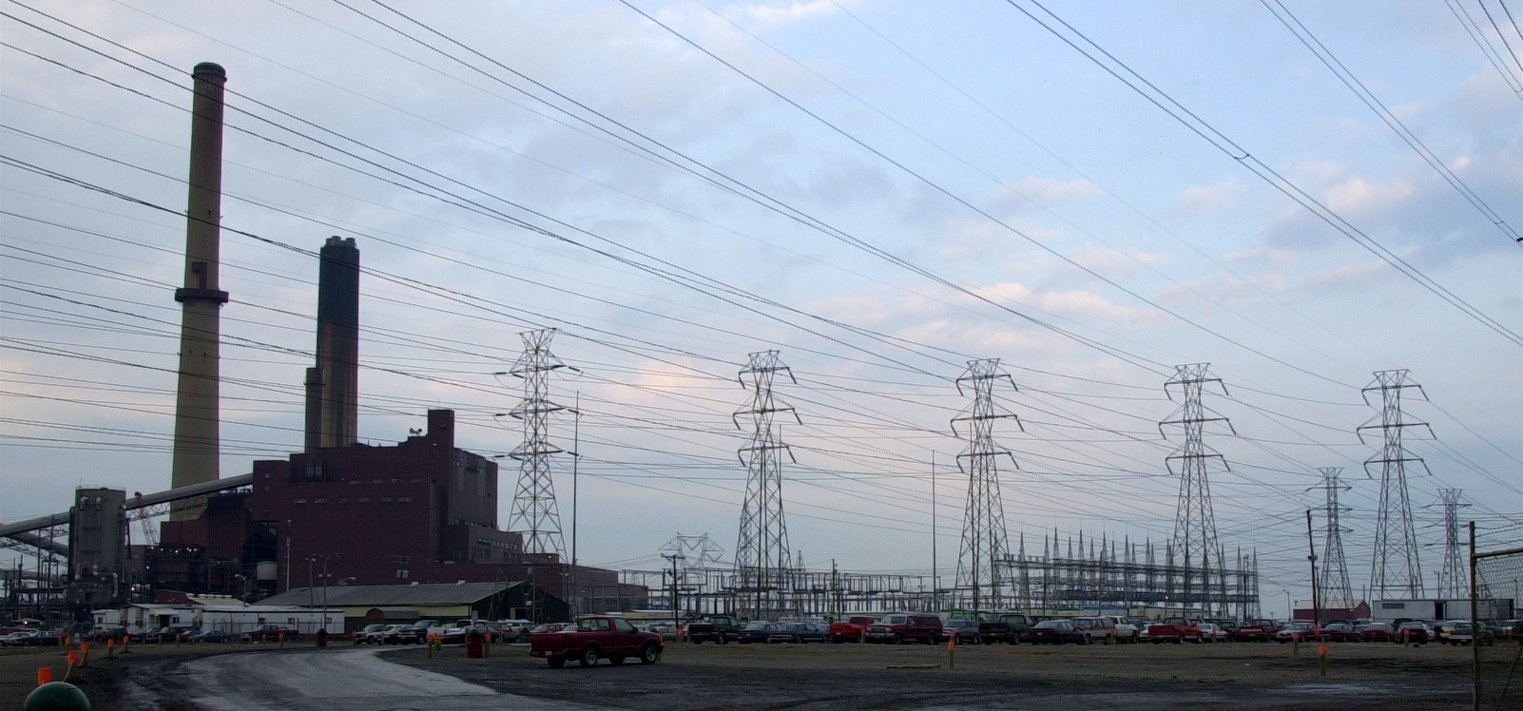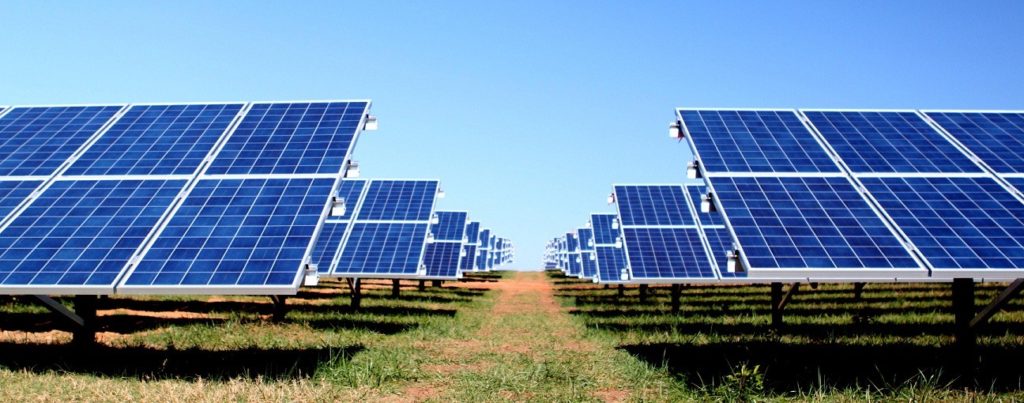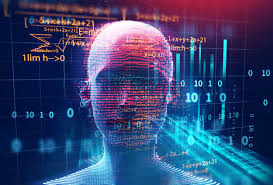What does this mean? In the last 100 years, as technology develops, devices and machines tend to become smaller. Think of computers, mobile phones, smart phones, televisions. Despite some or perhaps a lot of misinformation in politics and media about energy, energy is getting smaller. Huge power plants and centralized monopoly utilities with no customer choice are becoming a relic of the past. And now power is moving closer and closer to the user and becoming smaller and smaller.
Perhaps more important or at least disruptive is the movement of generation from a centralized plant to distributed energy resources located at homes, businesses, schools, universities, and hospitals. Distributed electricity, if you will forgive the pun, creates the power of individuals and businesses to manage their own energy that drives our lives and commerce. This is a quantum leap in how we manage societies and economies and empowers us all. Energy is getting smaller. And we are just beginning to see its impact on our world.
Electricity is one of the last industrial areas to undergo technological disruption. But it is going through perhaps the most disruption of any industry in the history of the industrial and post-industrial age.
The Past

Think large. Think centralized. Think monopoly and all power in the hands of the utility. Think very little change, technology innovation or disruption.
Huge coal-fired power plants and nuclear plants. In some instances, large natural gas-fired plants. In power plants, we measure in megawatts, abbreviated MWs, a unit of electricity. Historically, it was not unusual to build 1000 or 2000 MW plants or groups of plants located in one place. In the model of monopoly utilities, these huge plants then sent power down transmission lines to distribution systems that delivered to homes, businesses, and other users.
This was highly centralized and we all knew the bureaucracy and lack of innovation in the electric utility business. Guaranteed returns on investment of 10-12%, utilities often built large plants or transmission lines with no incentive not to go over budget because every dollar spent meant more money for the shareholders.
Energy efficiency was not promoted by these behemoths as it reduced their sales and their profits. Energy efficiency was only forced on them by legislators that required them to spend money for incentives for their customers.
Wind and solar generation where eschewed as considered too expensive and too variable for the staid old utilities. It was also more profitable to continue to use coal plants.
The electric utility business remained largely unchanged for 100 or more years.
The Present

Fast forward to 2018, and much has changed and much is changing. Tax incentives and requirements by federal and state legislatures and regulatory agencies have produced mass disruption. Wind and solar are growing at a rapid rate. LED lighting, smart thermostats, and commercial computer and network-based energy management are cutting the net energy use by GDP. Coal plants have become non-competitive because of price and unattractive to investors because of their carbon emissions and other significant financial and legal risks. Large numbers of coal plants have been closed or are scheduled to close. The big dinosaurs are dying.
Energy efficiency because of state programs and incentives and the rapidly decreasing price have created a means of individuals and organizations to invest and reduce costs dramatically. The change is happening on a distributed and decentralized basis based on market forces, primed by at times government policy. Think of LED lights that now are fairly common and can cut electricity use for lighting by as much as 80 percent.
Energy generation itself is moving to the user in homes and on commercial buildings. This change is in its infancy, but as prices continue to drop, it will become ever more common as a way to reduce energy costs to users.
Energy storage is being installed at buildings to be used to store solar power for later use or to charge at times of low pricing from the grid for later use. Some businesses are installing batteries or fuel cells as emergency backup for continuing their business. Think of grocery stores whose refrigeration cannot be down for any significant time or food wastes and money is lost.
The Future

The next evolution is a quantum leap in electricity generation, use, and storage. Power will get very small.
The technology enabling this evolution is best called Advanced Energy Technology. It is coming now and will be even more dramatic over the next 10 to 20 years. This explosion of disruptive technology is and will continue to occur in three phases.
First Phase: The Disruptive Technology Effect
This phase is largely a hardware change. The technologies that are changing electricicy are many.
· LED lighting
· Smart thermostats
· Solar photovoltaics
· Wind turbines
· Energy storage (batteries)
· Fuel cells
These and other energy efficiency, generation, and storage technologies are pummeling the old-school with rapid change and numerous disruptive technologies hitting all at the same time. Many of them allowing individuals and organizations to manage their own energy and reduce their reliance on a centralized utility model. As more money can be saved, an emerging system is producing cheaper technology over time that saves even more money over time. A positive feedback loop will drive more and more distributed energy.
Second Phase: The Network Effect
The next phase of energy is the Network Effect. With the Internet and the ability to connect and manage electricity use, power to manage one’s own electric power is growing exponentially. Some of these technologies are:
· The Internet of Things
· Cloud-based monitoring and control of building energy use
· Blockchain technology to enable local trading of electricity
With networked monitoring and control, power users can now manually or through computers manage and change thermostats and lighting to reduce power. Connecting numerous buildings and homes, a company can aggregate those users and create virtual power plants. When peak demand for power occurs in say hot summer days, by reducing the electricity at numerous buildings, the aggregated power can serve the same purpose as a peaker plant. Through government and retail electricity programs, people can be paid to reduce their power use at these times. These are called demand response programs and save home and building owners or tenants money, and the overall grid users money. It is generally cheaper to pay people to cut back on power use than pay for power from peaker plants.
Businesses, schools, colleges and universities, and residential developments are starting to install their own energy generation sources and batteries and fuel cells to reduce energy use. These areas are called microgrids—again a much smaller unit than the centralized power generation and use of the past.
With the advent of blockchain technology, companies are developing applications that will allow customers to buy power with less middlemen, so their pricing is closer to wholesale prices. People and businesses may be entering a world when they can trade excess power with other power users, when they have solar panels or batteries or both that can put power back into the grid at times of higher prices.
Third Phase: The Artificial Intelligence Effect
With the network effect taking hold, energy use and the interaction with electrical grids is taking on a new meaning. Thousand or hundreds of thousands of users will have power generation and storage over the next decades. Both users and grid operators who are charged with making sure the grid is reliable and resilient without brownouts or blackouts will need to interact at a massive scale of small, decentralized units—houses, apartment buildings, office buildings, manufacturers, schools, universities, hospitals, and many more.
Soon they will all be connected in an Energy Internet of things. The capability of humans to manage all this will be exceeded. Only computers and computer algorithms will be able to carry out the management and interaction of the grid and distributed resources.
This is and will continue to usher in artificial intelligence to the grid and all of our homes and businesses.
- Artificial intelligence or deep learning applied to operations and energy use
- Discovery of energy reductions people could never find
- Spread to other buildings and energy consuming operations
- Create markets of thousands of homes and businesses buying and selling electricity depending on prices of generation from a user and the price of power being sold from the grid
Google purchased a company called Deep Mind that applied its artificial intelligence software to Google data centers. By evaluating millions of possibilities of how the cooling of data centers could be operated, it figured out how to save 15 percent of energy costs. The change required no new investment of equipment. As AI is applied throughout buildings, the grid, and the interconnected users, power generation, and storage, new ways of managing the ever more complex system will be discovered by these new computer algorithms applying intelligence we have never seen before.
Getting Small
Electricity will not be recognizable in the future. Centralized, monopoly utilities will become a thing of the past. They will become highways and exchanges for power transport, but more so as the connecting point for communication and a market for both renewable resources through the grid, such as solar, wind, biomass, and other clean resources, and the distributed generation largely using solar and the storage, combined with ever more efficient electricity use.
We will move through this ever-smaller energy world into a cleaner and cheaper system. As less fossil fuels are used, the carbon and other conventional pollutants will drop.
This system is only starting to emerge through technology and market evolution. I think we can say energy is getting smaller and smaller. On the other hand, the benefits and business opportunities in energy are only getting larger and larger. Think small if you want to profit in the new energy paradigm.



